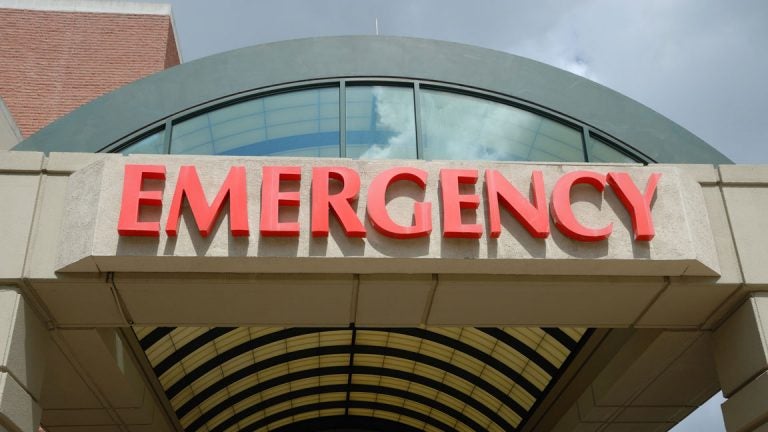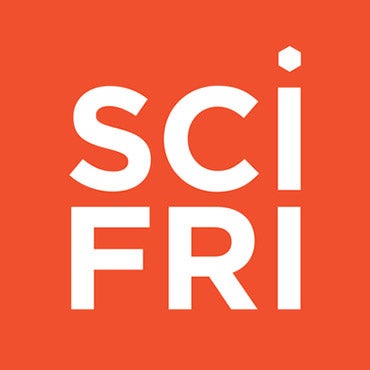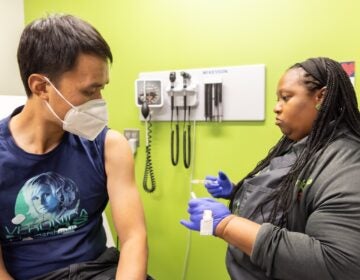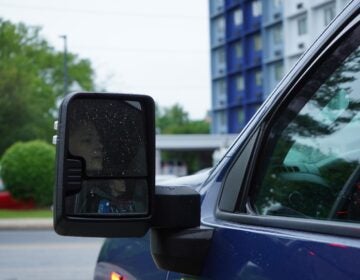Drug-related seizures in Philadelphia ERs doubled in recent years, city data show
Hospital workers and public health officials say new combinations of street drugs, traumatic brain injuries and other health issues could be driving the uptick in seizures.
Listen 1:09
A close-up of the entrance to an emergency room. (Paul Brennan/Pixabay)
From Philly and the Pa. suburbs to South Jersey and Delaware, what would you like WHYY News to cover? Let us know!
Public health leaders, emergency physicians and addiction medicine specialists in Philadelphia are investigating a steady uptick in seizures among people who use drugs.
Emergency department visits related to drug use that have included a complaint or diagnosis of seizure have more than doubled over the past five years, increasing by 110%, according to a city Department of Public Health advisory issued this month.
Health officials have not yet determined what is causing the surge, but say a rapidly changing street drug supply, brain injuries that can occur with overdoses, untreated health infections and exposure to harsh environmental conditions could all be playing a role.
“When we see it, we’ve got to find out why,” said Dr. Lauren Murphy, an emergency medicine physician and toxicologist at Temple University. “It’s really important to find out if we need to change our treatments to take care of patients with seizures. So far, we haven’t had to, but that’s something we’re always following.”
More data needed on confirmed seizures and drugs at play
Emergency departments and community workers who provide harm reduction tools like clean syringes, Narcan and wound care are often the first to notice any new symptoms or health concerns among people who use drugs.
“I do anecdotally say in the ER that I have seen more and more seizure-like complaints,” Murphy said.
After collecting similar reports, the Philadelphia Department of Public Health analyzed hospital data and found an increase in related complaints from 2020 to 2025.
People who use drugs are generally at a higher risk for seizures if they have a history of traumatic brain injury, are taking combinations of stimulants and synthetic substances, or are going through withdrawal.
But Murphy said pinpointing what could be driving this increase is difficult for two reasons: the inherent complexity of seizures themselves and a lack of confirmatory testing for these incidents.
Seizures are typically confirmed with an electroencephalogram, or EEG, test that measures electrical activity in the brain, or with imaging that finds neurological damage, which can’t always be captured during a single emergency room visit.
“Sometimes you can have seizure-like activity, but it’s not an actual seizure,” she said.
There’s also a big difference, Murphy said, between someone who experiences a brief, one-time seizure event and someone who is having repetitive seizures or ones that last for many minutes.
At the same time, patients are coming in after being exposed to a lot of different toxic substances and chemicals in the street drug supply, knowingly or not.
“For instance, the pure quantity of fentanyl has gradually increased,” Murphy said. “So, does that have something to do with lowering the vulnerability of a patient to have a seizure when they’re exposed to multiple substances? That could certainly play a role.”
Synthetic marijuana products, including K2 or Spice, and kratom are associated with seizures, health officials said. Anesthetic medications like lidocaine, which are increasingly showing up in street samples, also come with seizure risks.
Other risk factors for seizure and brain injury screening
The issue goes beyond the drugs themselves, though, said Dr. Brendan Hart, an emergency physician and addiction medicine specialist at Temple University.
“You have the chemical side of things, which is important,” he said. “But at the same time, there’s a whole host of other factors, social and structural, which are putting people at risk as well that we really need to address.”
Factors like co-occurring health issues, head injuries, malnutrition and exposure to extreme weather while homeless or unsheltered can all lead to a seizure, Hart said.
“They need shelter, they need access to nutrition, they need a place to sleep, they need a place to store their medications, they need a primary care doctor, they need access to specialists,” he said.
“To me, the health alert really points to further research and also investing more heavily in creating a network of services and sort of connecting the dots for these folks so that they can get what they need to put them at lower risk for seizures and other medical complications.”
In its advisory to hospital workers and community health providers, the city Department of Health recommended that people who use drugs get counseled on seizure risk factors. Patients should also be screened for a history of brain injury.
At Temple, Murphy said this is already routine for many people who come into the ER, but there’s an opportunity to do more screening for chronic traumatic brain injury, especially in the outpatient setting.
WHYY is your source for fact-based, in-depth journalism and information. As a nonprofit organization, we rely on financial support from readers like you. Please give today.





